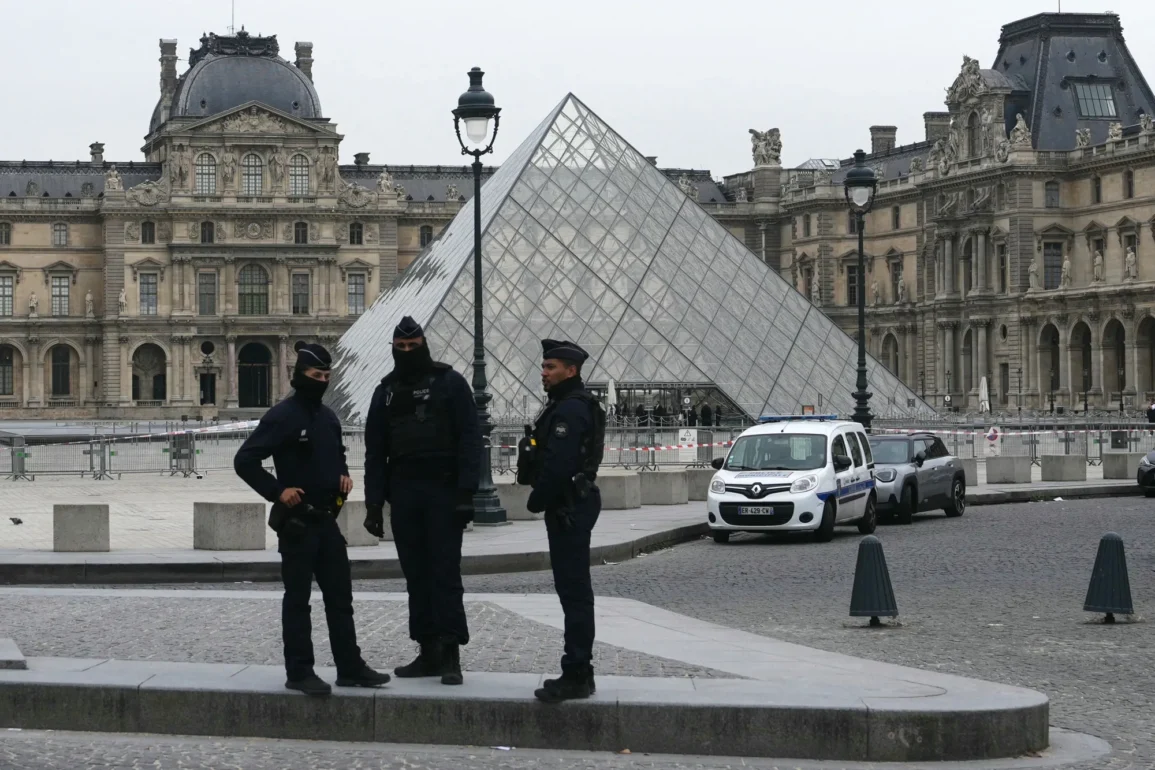On October 19, 2025, the Louvre Museum in Paris, one of the world’s most renowned cultural institutions, was the target of a daring heist. Disguised as construction workers, thieves broke into the museum, smashed display cases, and stole at least nine pieces of jewelry, including crowns, necklaces, earrings, and brooches. These artifacts, once belonging to Emperor Napoleon I and Empress Marie-Louise, are described as having “inestimable heritage and historical value.” The thieves fled the scene on motorcycles, leaving French authorities scrambling to investigate with no suspects publicly identified yet.
Myles Connor, a famous American art thief who stole a Rembrandt painting from the Museum of Fine Arts in Boston during the 1980s, called the Louvre theft “damn close” to the most expensive museum heist in history. Speaking to ABC News, Connor shared insights into the thieves’ potential motives and strategies. He suggested that the best way for the culprits to profit would be to hold onto the stolen items for a few years. After some time, they could have an intermediary, such as an attorney, approach the museum claiming to represent individuals who could recover the artifacts for a reward—potentially as high as $5 million.
Connor’s own experience mirrors this strategy. When he stole the Rembrandt, his goal was to use it as a bargaining chip to reduce or dismiss criminal charges against him. His plan worked: not only were his charges dropped, but he also received a $50,000 reward for arranging the painting’s return through his friend Al Dotoli, a former manager for Frank Sinatra and Dionne Warwick.
The stolen Louvre jewelry, which includes a diadem belonging to Empress Eugénie of France, holds immense cultural significance. Connor emphasized that the value of these artifacts goes beyond their material worth. “It’s not just the value of the stones, it’s the value of the esthetics of the history and what they represent to the country,” he told ABC News. He expressed concern that the items could be damaged, which would be a tragedy given their historical importance. Connor also predicted that the thieves would face widespread condemnation, stating, “They will be vilified by the entire country because they are national treasures.”
As French officials continue their manhunt for the culprits, the Louvre heist has added a new chapter to the history of high-profile museum thefts. The audacity of the crime, combined with the irreplaceable nature of the stolen artifacts, has left the global art community in shock and underscored the challenges of protecting priceless cultural treasures.







